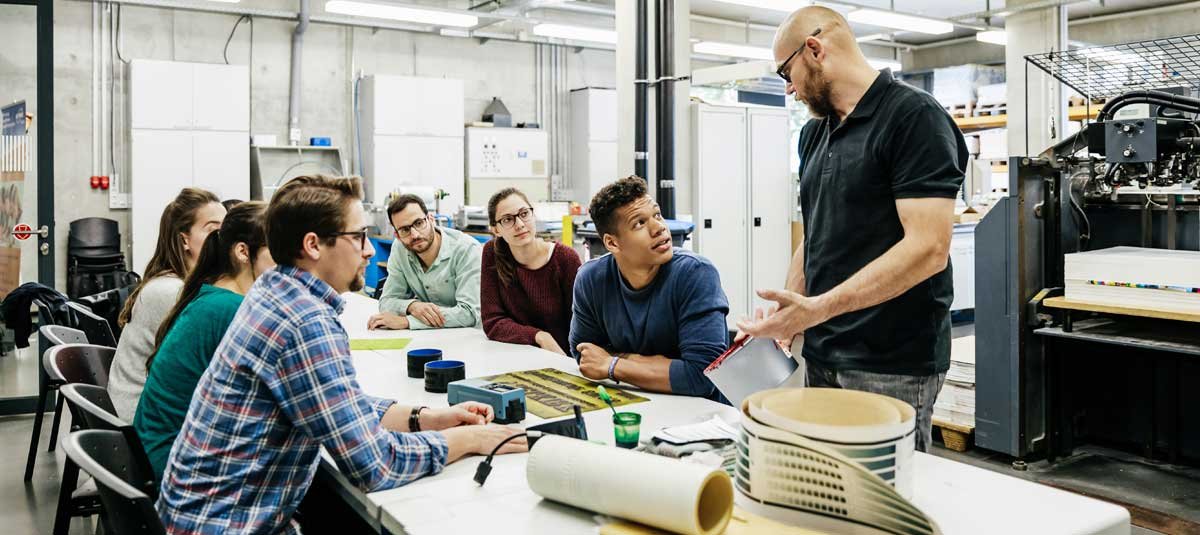
What is a default investment?
All workplace pension plans have a default investment option. This is the fund or strategy that your pensions savings are invested in if you prefer not to choose your own investments for any reason.
Investing your pension savings
When we receive your pension contributions, we invest them in funds managed by experts. These funds hold money from hundreds of pension scheme members like you. These funds invest your money in assets such as company shares, government bonds and cash deposits.
- You can choose the funds yourself, from the range available through your pension plan. This is often called 'self-select' and it allows you to create a portfolio to suit your particular long-term goals. You can see which funds are available through your plan when you log in to PlanViewer. Each fund has its own factsheet, and you have the option of asking a financial adviser of your choice to help you choose.
- If you do not choose funds yourself, we will invest your contributions in the default investment for your plan. This may be a single fund or a number of funds combined as a strategy. You can find out what the default investment for your plan is when you log in to PlanViewer.
Default pension investments
Default funds and strategies are intended to meet the needs of a wide range of pension investors – people of different ages, backgrounds and income levels. There is no guarantee that they will be suitable for your particular retirement goals.
A default investment gives you the reassurance of knowing that it has been selected by pension experts. In addition, it will be carefully monitored and may be changed if it is no longer considered to be right for the investment strategy.
Working towards retirement
Investing in the default means that during the early years of your working life, we invest your money in a way that has the potential for long-term growth. As you get closer to your retirement date, there might not be as much time to recover if equities fall in value. Your fund gradually changes what it holds to more income-focused investments. This is done by moving some of your money out of company shares and into bonds (which are loans to companies, local authorities and governments). As you approach retirement age date, the level of risk is designed for people who are ready to retire. These income-focused investments still carry risk. The level of that risk can be higher in volatile markets, during periods of unpredictable and sometimes sharp price and interest rate movements, which means that the value of your investments can fall in value dramatically during those periods.
Reviewing your pension
Whether you self-select your own funds or stay with your plan’s default investment, it’s a good idea to review your pension savings on a regular basis, to make sure they’re right for your retirement goals. Two important things to check are:
- How much you are saving - you might want to review your contributions and think about whether you’re saving enough. Our retirement calculator can provide an estimate of the income you could receive in retirement, given your current pension contributions. It will let you see how that income would compare to the income needed to match the lifestyle you want.
- Your retirement age - you should also check that the retirement age shown on your account fits with your plans. This is especially important with lifestyle strategies because the gradual changes to your investments are all based on how many years are left until your selected retirement age. Check your retirement age.
Remember tools will only give an indication and cannot be relied upon.
Next steps
Review your investments
Log in to PlanViewer to see where your workplace pension is invested.
Investing basics
Learn more about asset classes, risk and diversification.
